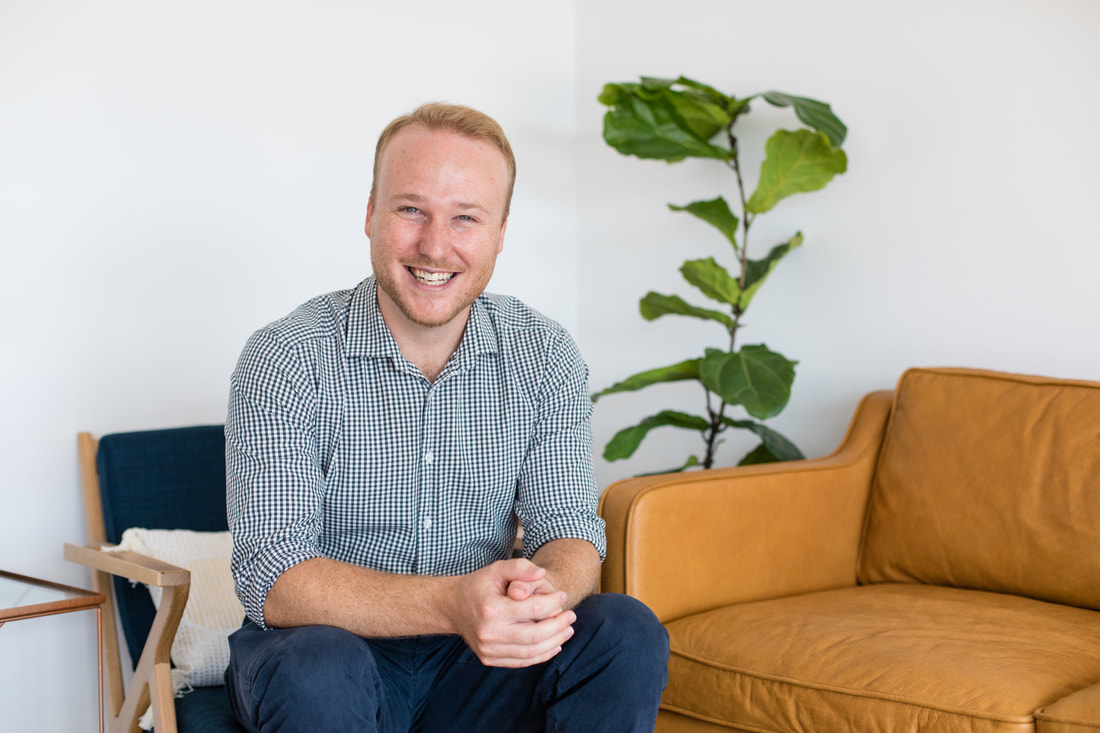
By Danny Chan
“Crossing the river by feeling the stones” is a famous saying by former Chinese leader Deng Xiaoping that illustrates the process of doing something that is unfamiliar or unclear. It aptly describes the set up process that many dentists, taking the plunge to set up their first surgery, have to go through.
For Dr Luke Heazlewood, Principal Dentist/Founder at Battery Hill Dental, the proverbial ‘stones’ represented unchartered territories in surgery fit out, finance and equipment selection.
“I have never had to fit out or finance a shop before. Those were the grey areas that I needed to wade through,” says the young dentist, relating the difficulties he faced during the initial stages of establishing the community-centred suburban clinic in the Sunshine Coast Region in Queensland.
That was before Luke came across Surgery Setup Academy (SSA) – that turned out to be a gem of a discovery, attributed both to his online research and contacts he made throughout the years.
Organised by Henry Schein Halas, SSA offers a holistic platform that helps dentists answer all their start-up queries. It covers the entire spectrum of topics throughout each development phase – equipping dentists with the knowledge and contacts to better plan, design, build, equip, finance, market, run and maintain a successful surgery.
Luke began attending the SSA events “to gather some more information and find out about the things that (he) wasn’t familiar with”. Available as evening lectures or all-day events, SSA seminars are held 2-3 times a year in all Australian states.
“It was a great place to start piecing together the different parts of the start up puzzle. Additionally, it led to some great connections that became very helpful in the whole process.”
At first brush, SSA may look like it offers no more than informational sessions when in fact, the real benefits extend well beyond the classroom.
SSA brings together dental partners belonging to Henry Schein Halas’ diverse ecosystem. As one of Australia’s leading suppliers of dental equipment, instruments and consumables, HSH boasts an extensive network of specialist firms – each one potentially offering unique expertise and assistance towards your practice set up.
The fields represented are exhaustive: Property Lease, Equipment Supply, Legal Advice, Dental Consumables, IT Integration, Software, Technical Installation, Fit Out & Construction, Sterilisation Workflow, Project Management and Business Development, etc.
Through SSA, Luke found resourceful HSH personnel that connected him to other field experts, many of whom eventually formed the set-up team behind Battery Hill Dental.
Outlining the initial challenges he encountered, Luke recounts: “There were several main considerations and challenges after I figured out what and where I wanted to set up. Firstly, finding a good space in the desired location was essential. This took time; actually, everything takes longer then you assume.”
“Secondly, it was extremely important to me to find the right team to work with. This included people for finance, surgery design, legal, and equipment, etc. This took some time as well, but it was truly worth the effort when we found the right people. The next steps became easier to navigate, problems easier to solve, and the process more enjoyable.”
Luke readily attributes the speedy, efficient and cost-effective set-up to the team that was assembled through his connections at SSA. One such HSH-recommended contact was Mark McKibbin, from McKibbin Design, a firm that specialises in healthcare, medical and dental practice fitouts.
“Mark was easy to work with and he took the time to understand what we wanted to create. He did a great job, and saved us a lot of money. Compared to other quotes we received, McKibbin Design ended up saving us $100-$150k on surgery fit out alone.”
Luke credits the pleasant set-up experience to Emma Addy, Equipment Specialist at HSH, who acted as his main point of contact.
“She was excellent. Emma knew her product range very well, and her experience of setting up a lot of surgeries really showed. She helped us think through a lot of things, not just equipment, which helped make the whole set up process go as smoothly as possible.”
“HSH also provided us with the majority of our equipment and consumables. Emma was a great help with this. She was never pushy which made the process simple; an underrated ability for your first ever set-up. Additionally, HSH had a lot of connections outside of their domain if we ever needed them.”
In terms of equipment selection, Luke listed ‘patient comfort’ as the main priority, followed by speed and reliability, saying:
“We ended up choosing the Planmeca itouch (dental unit). I wasn't familiar with Planmeca products initially, so was hesitant but it has been incredible. I really enjoyed working with it and other Planmeca products like digital sensors and OPG, which are quick and reliable.”
“In terms of suction unit and compressor as well as the steri room equipment, we opted for equipment that are durable and future-proof – allowing for surgery expansion down the road. We've been extremely happy thus far with our choices.”
Luke found the one-stop shopping experience at HSH equally satisfying:
“As we bought the majority of our equipment from HSH, this gave us access to good discounts on equipment and consumables. In relation to costs, and to our surprise, they were the most cost effective out of the three major companies we were looking at for the particular equipment that we wanted.”
“HSH’s service and delivery was excellent. We never had a problem with timing. The team was efficient with install, and there were no delays with equipment (large, small, or consumables).”
Asked whether he would recommend the Surgery Setup Academy to others, Luke replies without hesitation:
“Absolutely; particularly if you are setting up for the first time, or the first time in a while. It is a great place to learn things you may not have thought about, connect with others who are considering setting up, and start building the right team and connections to make building your practice as simple as possible.”
The results of Battery Hill Dental’s successful set-up are best expressed through the feedback Luke gets from his customers:
“Every single day, we get great feedback from patients. They love it. A frequent compliment is how comfortable they feel in our surgery – how it feels less clinical and more like a home.”
Grateful to the HSH team for their contributions and recommendations – courtesy of the incredible work they do at SSA – Luke says:
“The HSH team was exceptional. No company is ever perfect. For a company as large as HSH to work as effectively as they have, we couldn’t have been more pleased.”
Just as Henry Schein Halas and SSA provided an ecosystem that helped to meet his set-up needs, Luke has created a space for young dentists across Australia to come together and connect with peers who are on the same journey – through interaction and learning opportunities with some of Australia's best dentists and specialists.
Besides upskilling young dentists with new skills and techniques, the Young Dental Conference (YDC, cometoydc.com) also helps members of Australia’s young dental community to overcome their emotional and mental struggles through dialogue and sharing of ideas.
“There's a lot more mental illness in the industry than we would care to see. If we can be a part of making life easier in such a foundational time for younger dentists, then we've succeeded with YDC.”
Even as SSA provided Luke a knowledge-based and networking platform for practice set-ups, YDC gave him an avenue for peer exchange in a like-minded community:
“YDC helped guide me on setting up a practice, refining thoughts on what I truly wanted to achieve through it for the community I found myself in.”
“Particularly through connecting with numerous specialists over the years, YDC offers a great resource to learn from the best. We are truly blessed with some incredible specialists and dentists in Australia.”


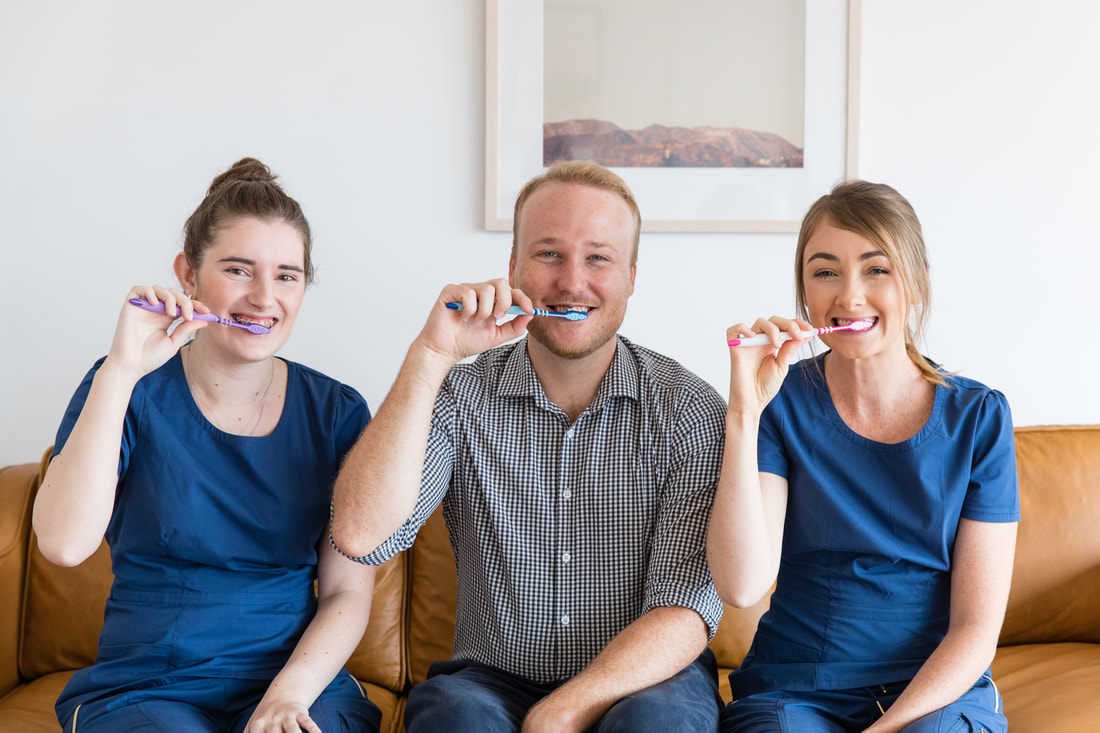
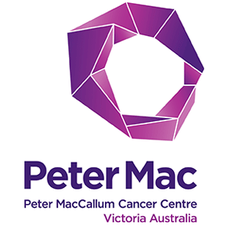
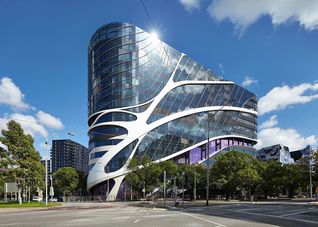
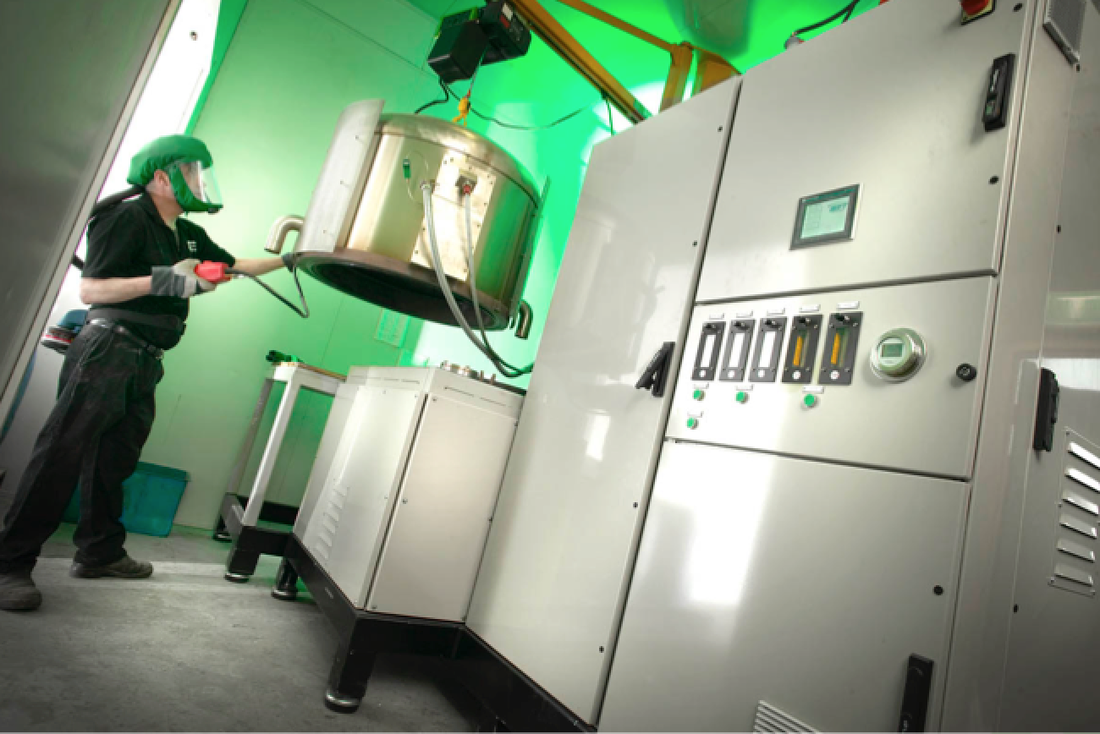
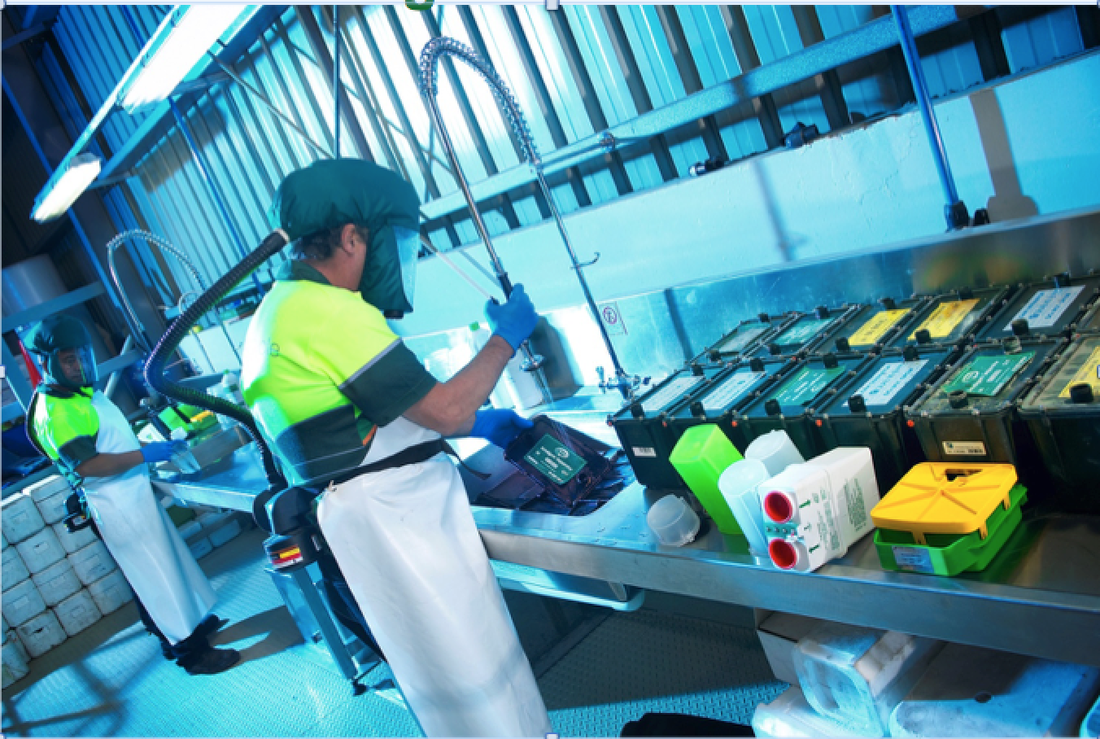

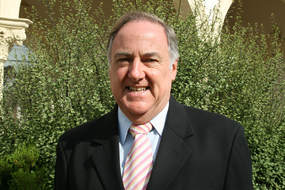
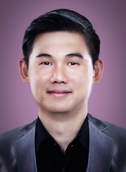
 RSS Feed
RSS Feed
